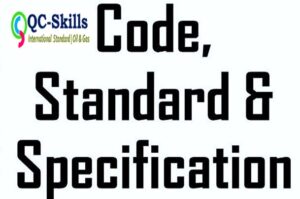
Managing clients, contractors, and subcontractors effectively is crucial in construction and oil and gas for safe, successful projects. Each party has a unique role: the client oversees the contractor (e.g., a drilling rig contractor), who manages subcontractors e.g. mudlogging and cementing subcontractors.
Definitions
Client: Project owners set goals, budgets, and timelines while ensuring that contractors meet HSE standards.
Example: A client hires a drilling rig contractor for an offshore project, enforcing compliance with IOGP, OSHA, API, and ISO standards.
Contractor: Coordinate schedules, allocate resources, ensure HSE compliance, supervise subcontractor and verify work quality meets client HSEQ standards.
Example: A contractor engages a mudlogging subcontractor, enforcing safety protocols per ISO and API guidelines.
Subcontractor: complete specialized tasks under the contractor’s guidance. Example: A cementing subcontractor follows contractor-mandating procedures to prevent blowouts, adhering to API standards.
Key Differences
Hierarchy: The client sets objectives; the contractor coordinates operations; and subcontractors handle tasks.
Responsibilities: Clients direct the project; contractors oversee daily work; subcontractors manage technical tasks, e.g. mud logging.
Commonalities
Collaboration: frequent communication promotes safety. Example: Weekly meetings allow all parties to discuss site and operation hazards.
Quality Control: Contractors ensure subcontractors’ work meets standards. Example: A contractor inspects cementing work for well integrity.
Risk Management: Joint risk assessments identify hazards early. Example: Before drilling, all parties assess blowout and high-pressure risks.
Pitfalls
Communication Breakdowns: Gaps can create safety risks.
Example: If a contractor doesn’t update a cementing subcontractor on new protocols, risks are overlooked.
Scope Creep: Unplanned changes can overwhelm workers.
Example: Adding well depth without adjusting timelines pressures teams, leading to rushed safety practices.
Financial Risks: Safety delays strain budgets, tempting cuts.
Example: Violations causing project halts can lead to budget overruns.
Labor Risks: High turnover disrupts training.
Example: New subcontractor staff without proper onboarding may miss site-specific safety practices.
Supply Chain Delays: Late materials compromise safety checks.
Example: Delayed drilling fluids force subcontractors to rush, risking mishandling.
Conclusion
Effective management of clients, contractors, and subcontractors ensures safe projects. Clients set goals, contractors manage operations, and subcontractors perform tasks, creating a collaborative, safety-focused environment that minimizes risks and enhances outcomes.






